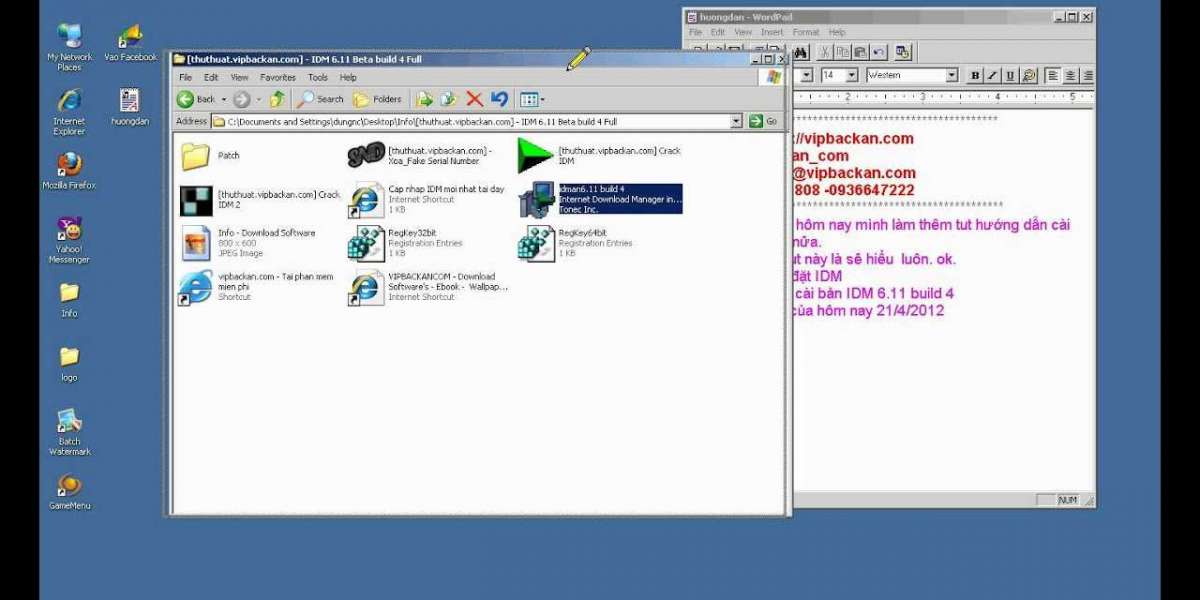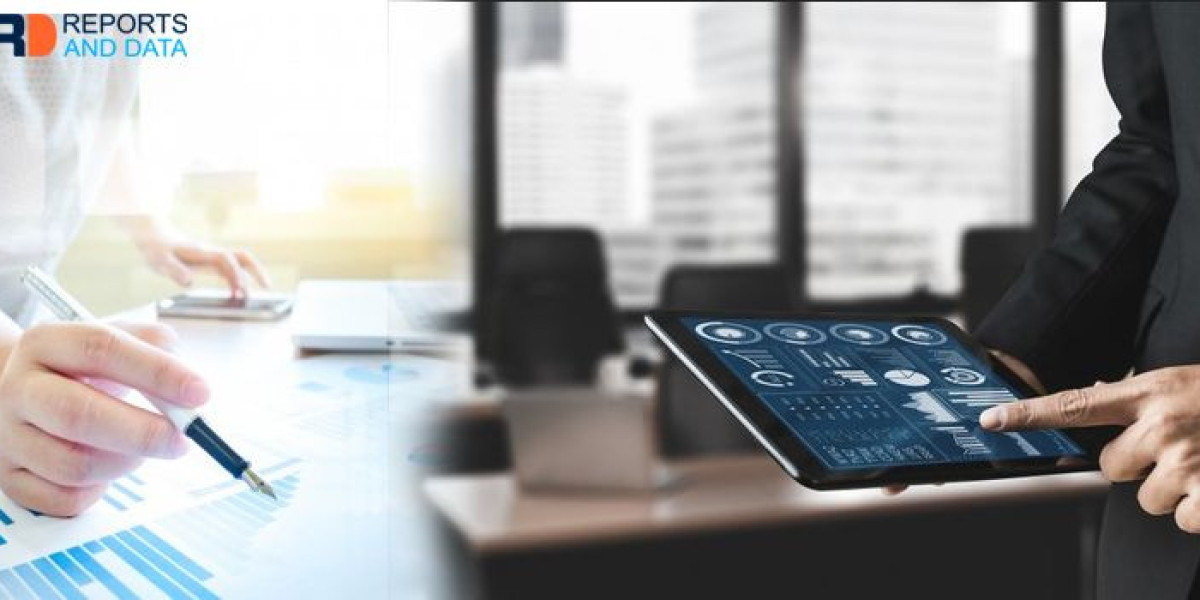In the dynamic world of maritime operations, precision is non-negotiable. Ballast Water Management Systems (BWMS) play a crucial role in maintaining vessel stability and ensuring environmental compliance. Central to the effectiveness of these systems are the sensors that monitor and measure various parameters. However, even the most advanced sensors are only as reliable as their calibration. Accurate sensor readings are essential not only for operational efficiency but also for meeting regulatory standards and safeguarding marine ecosystems. This article delves into the essential methods for calibrating BWMS sensors, ensuring you achieve the highest level of accuracy and consistency in your readings.
Understanding BWMS Sensors
BWMS sensors are integral to the system's functionality, monitoring parameters such as water flow, salinity, turbidity, and temperature. Their primary role is to provide real-time data that informs the treatment process, ensuring that ballast water meets regulatory standards before discharge. Given their importance, maintaining sensor accuracy through regular calibration is critical.
1. Routine Calibration Procedures
Routine calibration is essential for maintaining sensor accuracy over time. This involves checking the sensor against known standards and adjusting it to ensure its readings are correct. Here’s how to approach routine calibration:
- Establish a Schedule: Regular calibration should be part of your maintenance schedule. The frequency depends on the sensor type and usage but typically ranges from monthly to quarterly.
- Use Calibration Standards: Employ standard solutions or reference materials with known values to test the sensor’s accuracy.
- Document Results: Keep detailed records of calibration procedures, including dates, standards used, and any adjustments made.
2. Verification with Reference Materials
Verification involves comparing sensor readings with those from a calibrated reference sensor or material. This process ensures that your sensors are performing accurately. Follow these steps for effective verification:
- Select Appropriate Reference Materials: Choose materials that match the properties being measured, such as calibration solutions for salinity or turbidity.
- Conduct Comparison Tests: Run the reference material through the sensor and compare the readings with the known values.
- Adjust as Needed: If discrepancies are found, adjust the sensor settings to correct the readings.
3. Environmental Condition Testing
Sensors can be sensitive to environmental conditions, such as temperature and pressure, which can affect their accuracy. To ensure reliable performance, conduct calibration in conditions that mimic the actual operating environment:
- Simulate Real Conditions: Perform calibration tests in an environment that reflects the operational conditions of the sensor.
- Account for Temperature Variations: Temperature fluctuations can impact sensor readings. Ensure your calibration process accounts for these variations.
4. Calibration with Software Tools
Many modern BWMS sensors are equipped with software that assists in calibration. Utilizing these tools can streamline the process and enhance accuracy:
- Software Calibration: Use the manufacturer’s software tools to guide the calibration process. These tools often include built-in diagnostics and adjustment features.
- Regular Software Updates: Ensure that the software is up-to-date to benefit from the latest calibration algorithms and enhancements.
5. Professional Calibration Services
For sensors requiring high precision or complex calibration procedures, professional calibration services may be necessary. These services provide expert assessment and adjustment:
- Choose Certified Providers: Select a calibration service provider with relevant certifications and experience in BWMS sensors.
- Periodic Professional Checks: Even with routine maintenance, periodic checks by professionals can ensure long-term accuracy and reliability.
Conclusion
Accurate sensor calibration is fundamental to the reliable operation of BWMS and compliance with environmental regulations. By implementing routine calibration procedures, verifying with reference materials, accounting for environmental conditions, leveraging software tools, and utilizing professional services when needed, you can maintain the highest standards of sensor performance. Investing in proper calibration practices not only ensures operational efficiency but also contributes to the protection of marine environments, upholding the standards of maritime sustainability.














